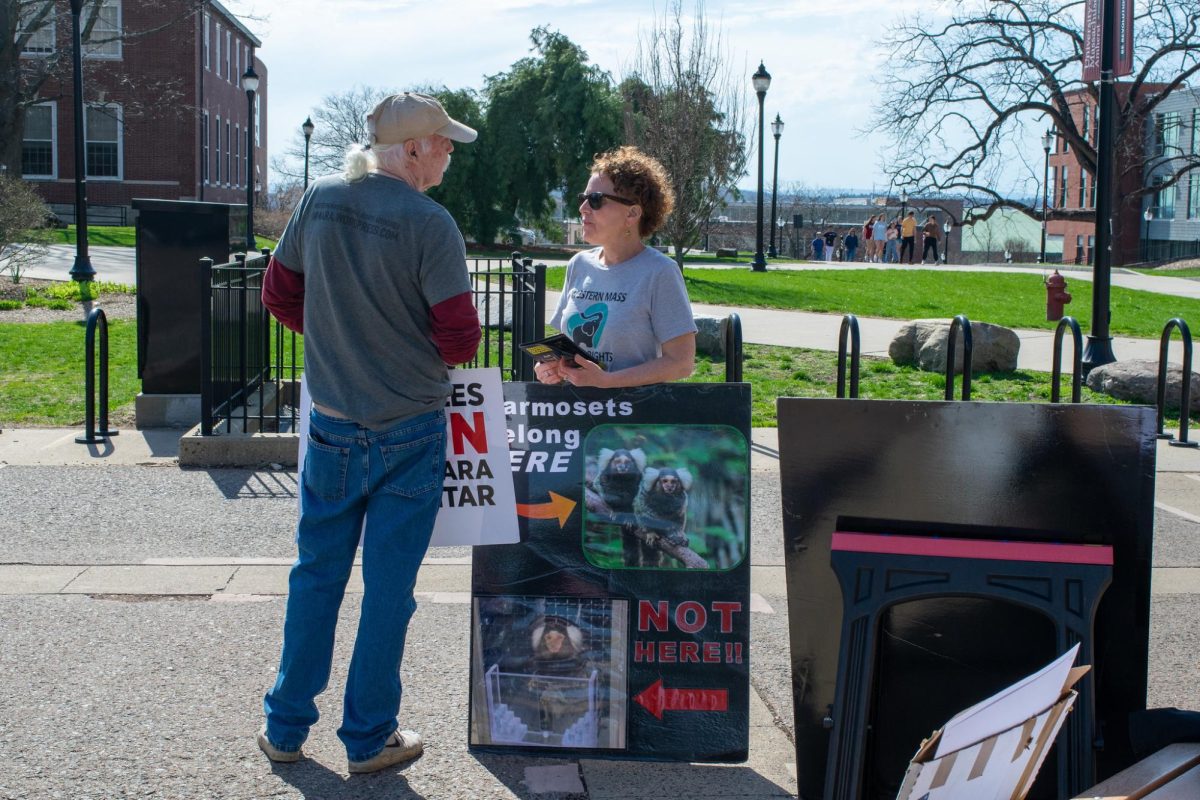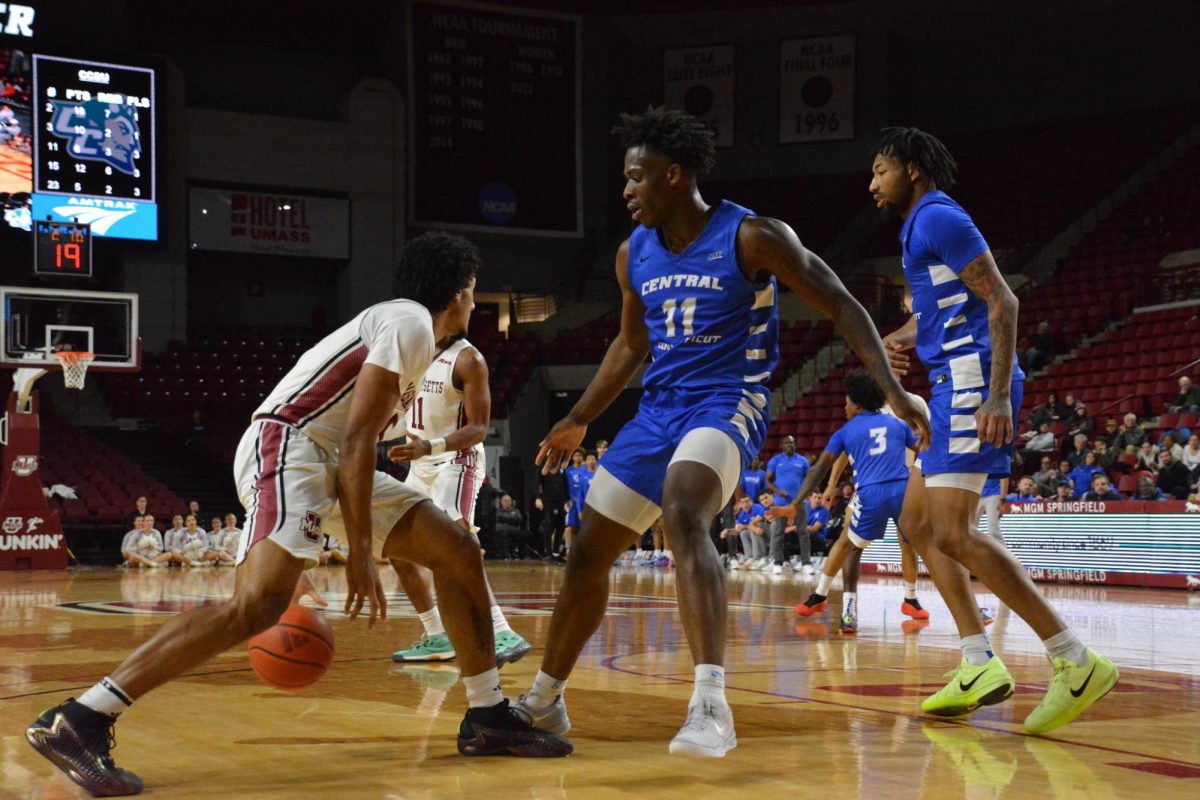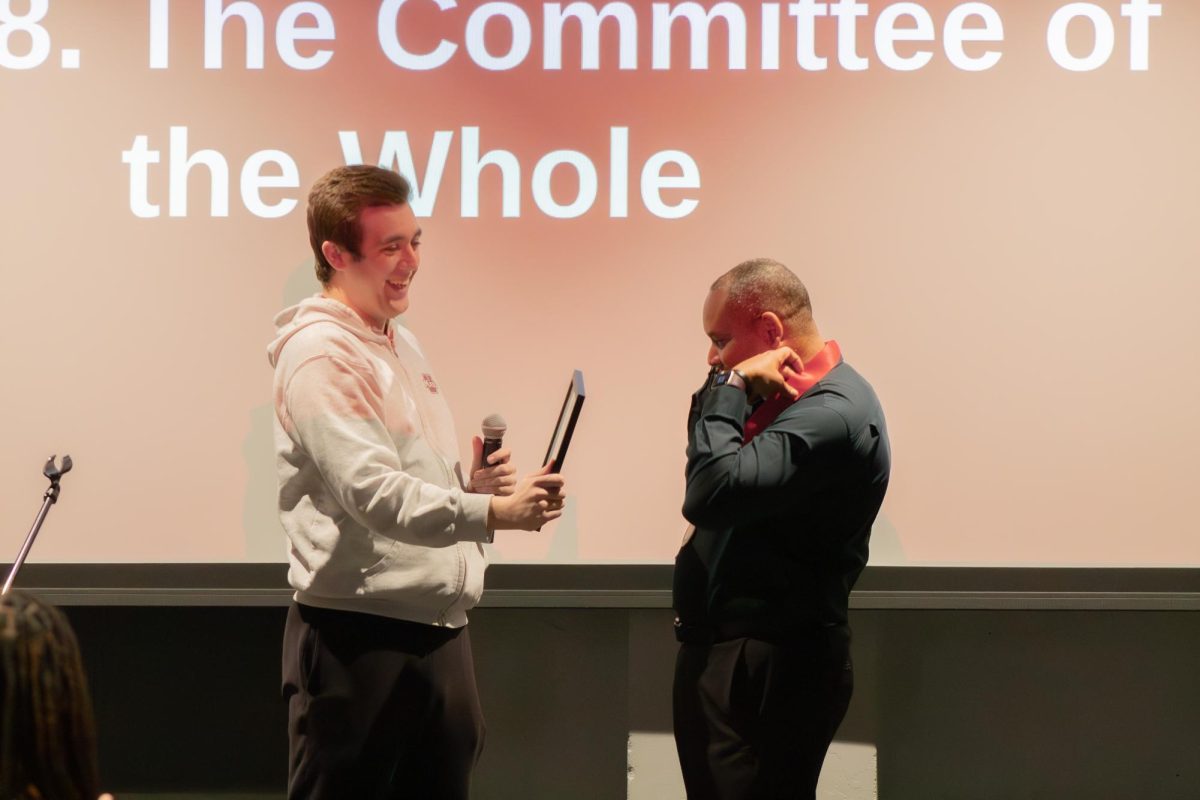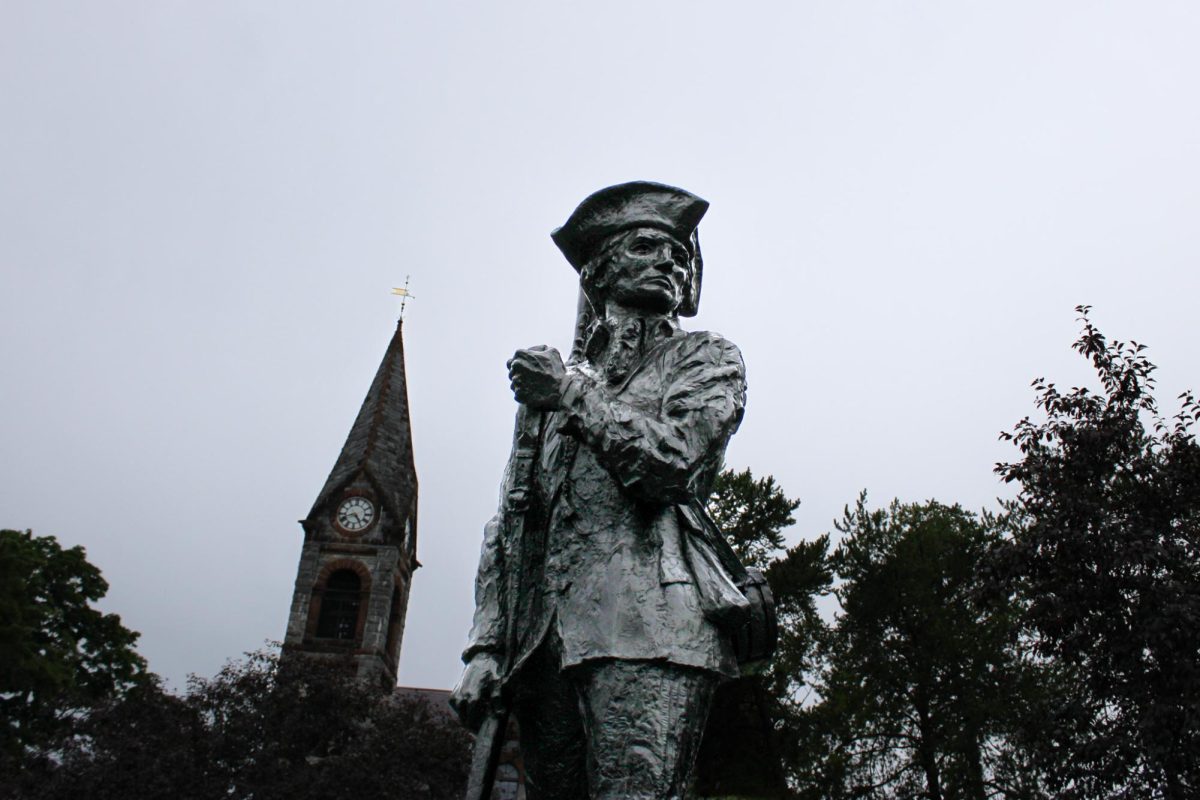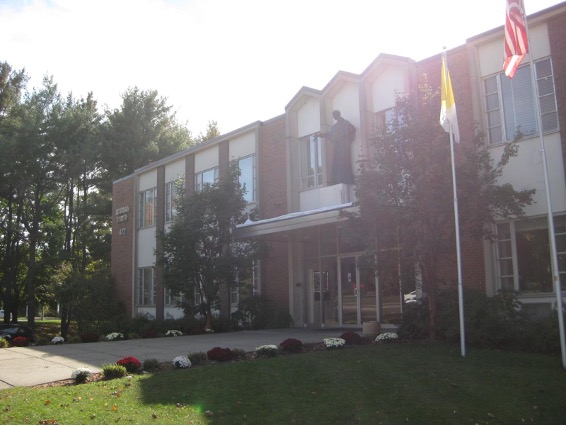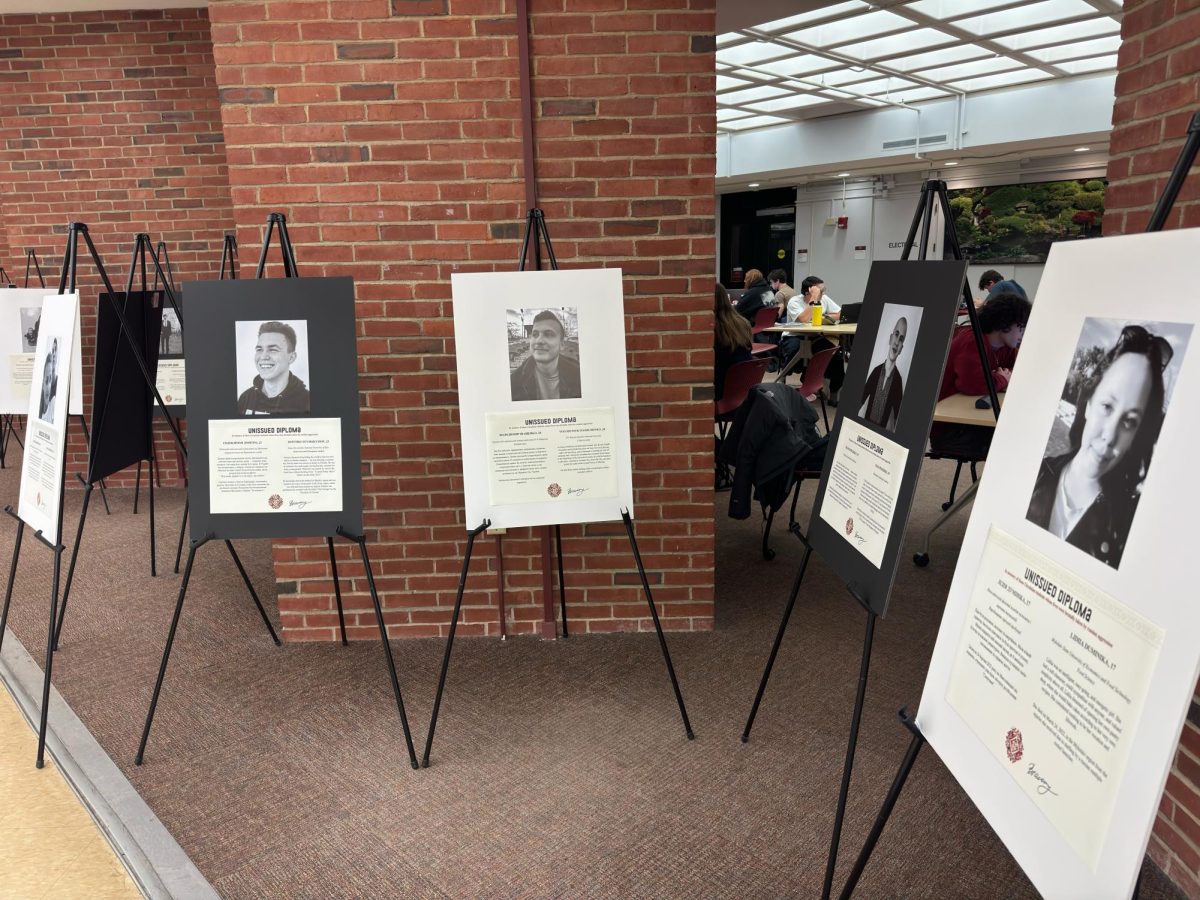In collaboration with the University of Massachusetts green building program, some students of the Springfield’s Putnam Vocational Technical High School have taken advantage of the opportunity to learn job skills for a more energy efficient economy.
According to Simi Hoque, assistant professor in the UMass green building program, the partnership affords the students of Springfield a learning experience geared towards improving their skills and future job prospects in energy and environmental conservation in western Massachusetts.
“The curriculum is designed to give young people the skills to be ready when the green job economy takes off,” Hoque said.
Hoque is the co-founder of Floodspace, a research and design organization whose mission is to develop strategies for improving housing, infrastructure and livelihood in communities which are subject to climate change flooding.
Hoque’s research focuses on the application and development of energy efficient buildings with specializations in energy modeling, resource efficiency and systems design to improve the way buildings use resources.
The UMass masters program in green building offers courses designed to educate students in energy conservation methods in residential design, LEED-certified building requirements, designing with sustainable building materials, green planning and development policies, as well as green initiatives on infrastructure, roads and bridges.
Hoque added that about 16 juniors from the Springfield high school are able to take part in an energy efficient class taught by graduate student Stephanie Berkland every Friday at Putnam.
While in the classroom the students will learn basic building energy management, as well as energy auditing and weatherization including the skills needed to know how to evaluate a building, test heating and cooling systems for efficient operation and fix air leaks which, Hoque said, can account for 30 percent of heat loss.
Also at Putnam students can participate in courses focused on basic construction types, carpentry and heating and cooling systems. These courses will educate students on how to inspect such systems with equipment such as infrared cameras, air leak test equipment and combustion analyzers.
According to Hoque, the classes utilize mathematics and geometry problems related to practical ones from the field, such as analyzing leakage rates, building volume and heat loss percentages.
The training consists of four training modules, Hoque said, which will allow students to practice what they have learned in the classroom while also connecting to their local community.
“We want to address core issues facing low-income communities such as housing, employment, energy efficiency, environmental health and safety and education,” Hoque said.
The first 20-hour module of four allows students the opportunity to practice setting up energy equipment at a model home inside the high school’s sheet metal shop.
The second 40-hour module has the students applying the skills they have learned to real homes in the Springfield area.
Back in the classroom, the third module has the design and construction students working on computer-aided energy modeling.
Finally, in the fourth module the students will be focusing on field training in weatherization.
The benefit of the UMass-Springfield partnership, Hoque said rests on her hope that the students will learn how to reduce energy use and pass this knowledge on to family and friends by the program’s conclusion.
“With community liaisons in the Pioneer Valley, including Putnam Vocational Technical High School, the program will develop a certification and apprenticeship program for trainees to meet the growing demand for green construction professionals skilled in energy efficiency and weatherization,” Hoque said.
According to Hoque, the graduate students of the UMass green building program also benefit through educating others.
“I firmly believe the best way to learn is to teach the material yourself,” she added.
Jennifer Heshion can be reached at [email protected].


